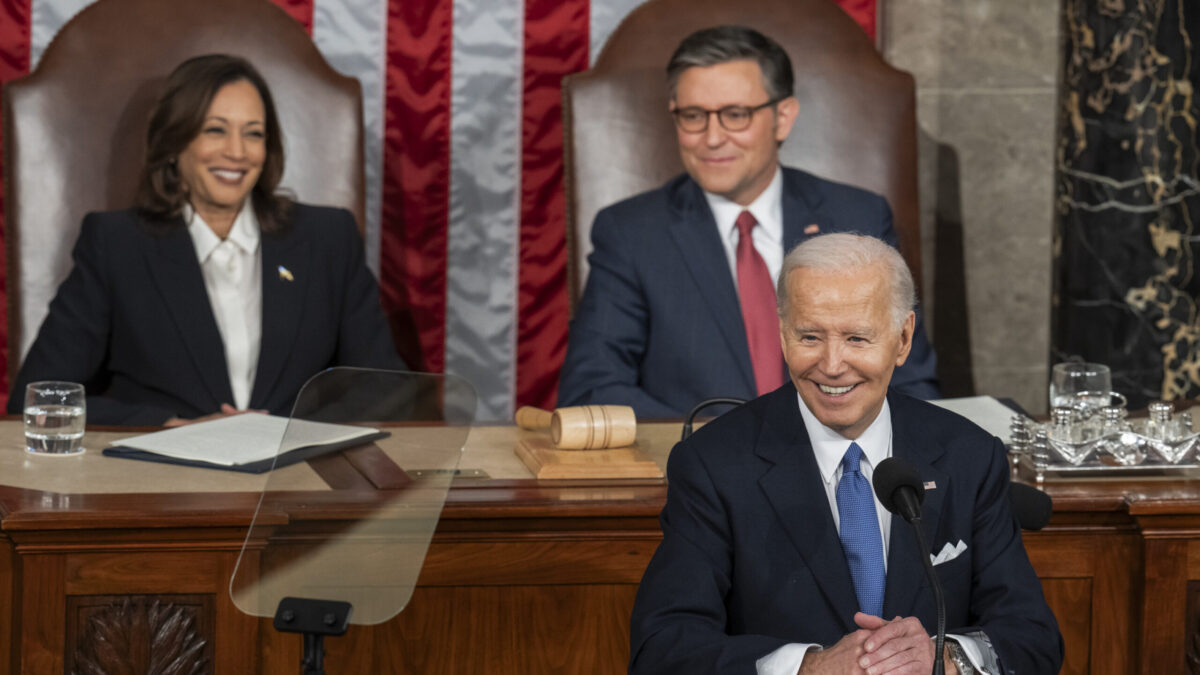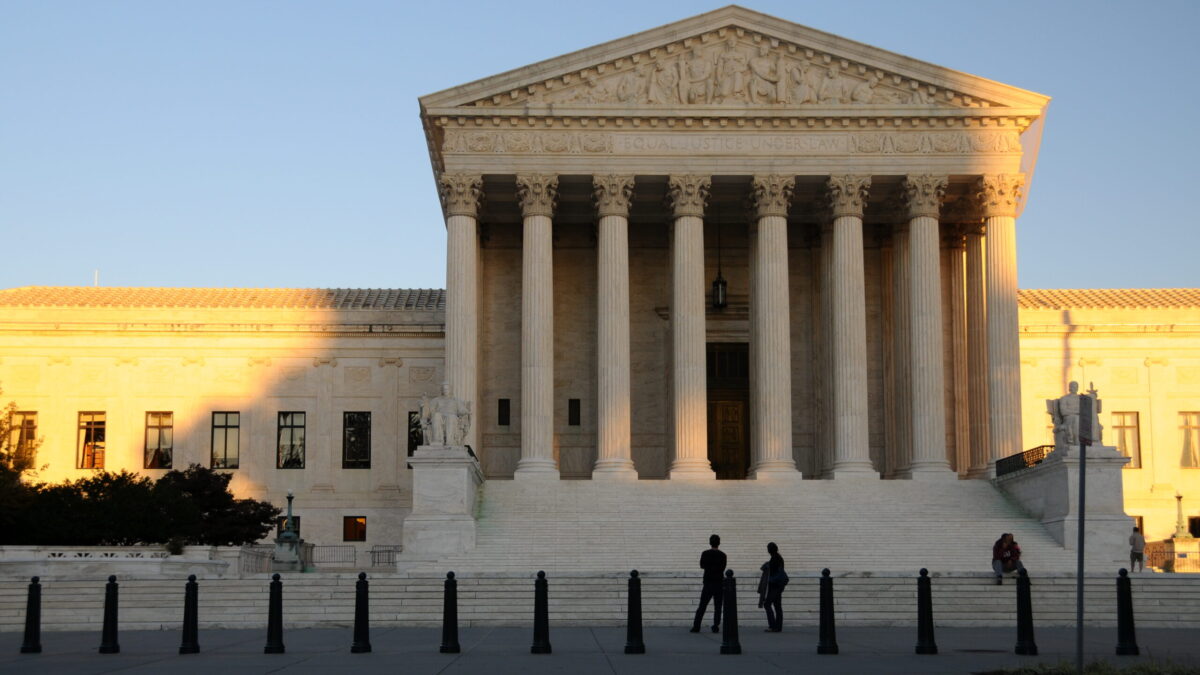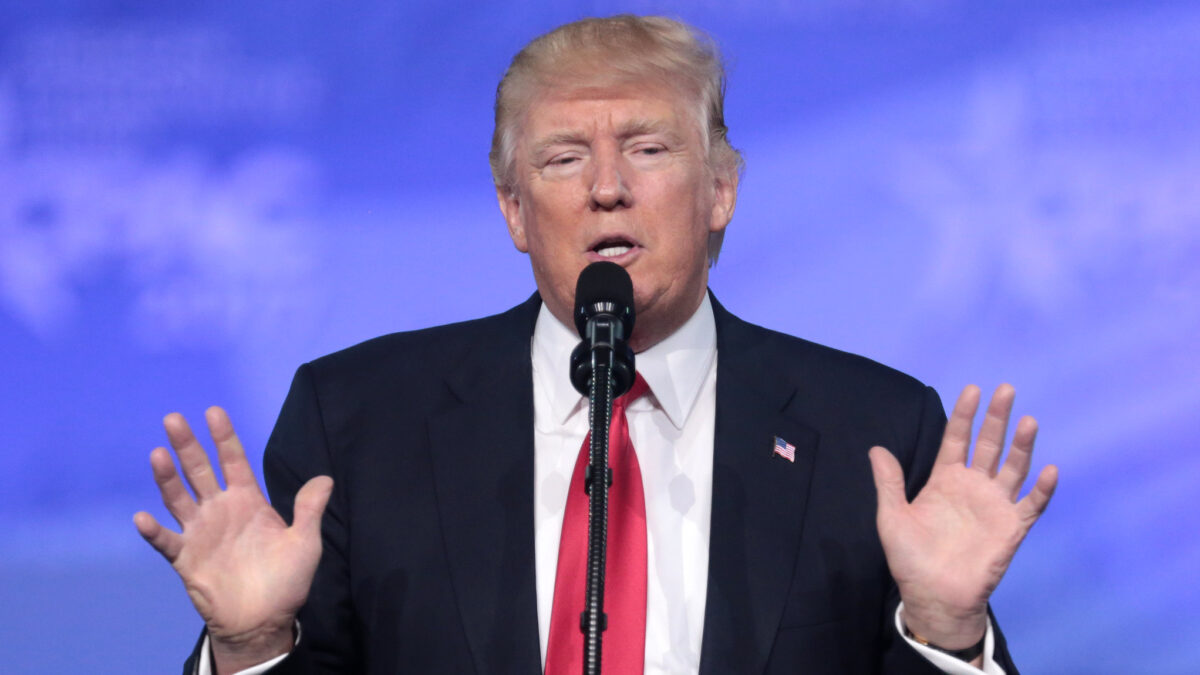
The election of Donald Trump supposedly shocked the leadership of The New York Times into self-reflection, if not an outright reassessment of the way it reports on America and its politics. This resolve is already melting away, if the early results are any sign.
Noting the “unexpected” election result, the NYT’s publisher, Arthur Sulzberger Jr., and its executive editor, Dean Baquet, wrote to readers that they would: “rededicate [them]selves to the fundamental mission of Times journalism. That is to report America and the world honestly, without fear or favor, striving always to understand and reflect all political perspectives and life experiences in the stories that we bring to you.”
As New York Post columnist Michael Goodwin observed, “Had the paper actually been fair to both candidates, it wouldn’t need to rededicate itself to honest reporting.” This, perhaps, is why Baquet went further in an interview with NYT media reporter Jim Rutenberg: “If I have a mea culpa for journalists and journalism, it’s that we’ve got to do a much better job of being on the road, out in the country, talking to different kinds of people than the people we talk to — especially if you happen to be a New York-based news organization — and remind ourselves that New York is not the real world.”
Moreover, the paper’s public editor, Liz Spayd, reported on the “searing” level of reader dissatisfaction with the NYT’s election coverage. She wished “someone from the newsroom was on the line with [her], especially to hear how many of the more liberal voters wanted more balanced coverage.”
Spayd nevertheless offered a limited defense of the Times’ election coverage: “The national desk of The Times has correspondents around the country, and they filed a steady stream of compelling stories from voters between coastal America. And yet between the horse race and the campaign drama, much of their work was simply drowned out.”
Meet the New Reporting, Same as the Old Reporting
The problem with these mea culpas and modified, limited hang-outs is that anyone familiar with the history of The New York Times has seen this movie before. Baquet may think putting people out on the road is the answer, but the paper has been there and done that in 2004. David Kirkpatrick spent a year in the field, covering mostly the socially conservative tribes of Jesusland. Yet here is the NYT, right back where it started.
The pre-election lack of balance Spayd identified continues in the paper’s current coverage. The NYT has visited flyover country from time to time after the election and occasionally included comments from Trump supporters in other pieces. But as before, such stories are drowned about by the flood tide of Times coverage serving progressives’ parochial appetites.
For example, consider “Both Feeling Threatened, American Muslims and Jews Join Hands,” which was published on page A19, but promoted with a large photo on page one of the National and New York editions of the paper. The story is about Muslim and Jewish women banding together in their fear of persecution in Trump’s America:
They found that the spate of hate crimes and the ominous talk by Mr. Trump or his advisers about barring Muslims from entering the country and registering those living here had caused all of them to think about Germany in the years before the Holocaust.
‘When did you know it was time to leave?’ Ms. Firdaus asked one woman who had just recounted how her relatives had fled the Nazis. ‘The ones that didn’t leave are the ones who went to Auschwitz.’
***
Over lunch and in the hallways, they traded stories about the latest ugly outbreaks back home: a brick thrown through the window of a Muslim-owned restaurant in Kansas, apartments of Muslim families in Virginia hit with eggs and graffiti, swastikas scrawled on synagogues and in a playground in New York. Sisterhood chapters keep track of the incidents on their Facebook pages and other social media.
One can strongly disagree with Trump’s campaign rhetoric about Muslim bans and registries and yet notice the shattering of Godwin’s Law in the paranoia on display here.
In reality, the stories of post-election hate crimes often tend to be false or less than advertised, time after time after time after time after time after time after time after time after time after time after time after time after time after time after time after time, to name a few examples. Hate crime hoaxes (often self-reported and unsubstantiated) are dangerous not only because they sow doubt about legitimate hate crimes, but also because they fuel the hysteria in the sort of people who treat The New York Times or the Southern Poverty Law Center as gospel. The Times does not seem concerned at whether the stories being shared on social media might be the sort of “fake news” the paper has been quick to decry in other contexts.
Where Hyperbole Obscures Reality
Or consider “Donald Trump Faces Obstacles to Resuming Waterboarding.” Again, one can disagree with Trump’s campaign rhetoric on this topic yet notice two reporters spent 27 paragraphs fretting about it before noting that Trump may be reconsidering it on the advice of James N. Mattis, whom he has since nominated for defense secretary.
That Mattis news was broken by…The New York Times, just a week previously. But anyone who knows a bit about journalism understands articles are written in the inverted pyramid style precisely out of the concern that readers will not reach the end of an article. The reminder of that scoop is the least likely thing to be read.
Then there is the coverage of the president-elect’s nominees, such as “Trump Picks Scott Pruitt, Climate Change Denialist, to Lead E.P.A.” Much of the conservative critique of media treatment on this issue has focused on the thin evidence that Pruitt is a “climate change denialist”—itself propagandistic terminology alarmists use to compare critics to Holocaust deniers. Equally troubling is that the NYT apparently considers it newsworthy that Pruitt believes debate over climate change “should be encouraged — in classrooms, public forums, and the halls of Congress. It should not be silenced with threats of prosecution. Dissent is not a crime.”
Aren’t these the people who were horrified by Republicans opining that FBI Director James Comey should have recommended charges against Hillary Clinton for her gross negligence in handling classified information over her private email server, and by Trump supporters chanting “Lock her up”? Now it is apparently controversial that the proposed EPA administrator does not think policy differences should be criminalized (nor that entities he would regulate should be crucified).
More generally, the Times has affixed a “far right” label to the populist president-elect and his nominees 158 times since Election Day, while using the “far left” label in connection to President Obama only 431 times over the past eight years.
End the Hostile Environments in News Rooms
Lastly—for our purposes, if not for the overall output of the Times—Baquet recently admitted on NPR that: “I think that the New York-based and Washington-based too probably, media powerhouses don’t quite get religion. We have a fabulous religion writer, but she’s all alone. We don’t get religion. We don’t get the role of religion in people’s lives. And I think we can do much, much better. And I think there are things that we can be more creative about to understand the country.”
Less than a week later, his paper twisted a Pew Research Center study to suggest that Christians in America are dumb and uneducated compared to people who affiliate with other religious groups. Baquet dispatching a few field reporters to Trump’s America will not fix these and similar problems any more than Bill Keller dispatching David Kirkpatrick did 12 years ago.
The Federalist’s Mollie Hemingway has suggested five ways media can regain the public’s trust, but the key problem at The New York Times and similar newsrooms can only be solved by one of the suggestions in her final point: “Hire reporters and columnists who don’t seethe with hatred for people who just elected the next president… Have an interior watchdog who makes sure that the workplace isn’t hostile to people who don’t share the bosses’ views on abortion, religious liberty, Republicans, economic policy, immigration, and national security.”
To this I add: Hire some editors who can spot that hostility, and the sorts of blind spots in the examples listed above. Bloomberg’s Megan McArdle has made the case for why altering hiring policies would benefit both the liberal-dominated establishment media and conservative media.
The core argument, however, is fairly simple. The problem with The New York Times (and others) is groupthink. The way to disrupt groupthink is to bring in enough people who think differently. That is not just a conservative opinion, either. As Aaron Sorkin once wrote: “If you’re dumb, surround yourself with smart people. If you’re smart, surround yourself with smart people who disagree with you.”
If the NYT fails to do this, its post-election resolution to improve its coverage of America outside Manhattan will fare about as well as the average New Year’s resolution to go on a diet. People almost never loses weight permanently by going on a diet; rather, people must change their diet as part of changing their lifestyle.
If The New York Times cannot bring itself to change its newsroom culture, it will continue to fall back into its own bad habits. Indeed, if the NYT gloating about the increase in subscriptions after the election is any indicator, the paper has already decided to wallow in post-election comfort food.









